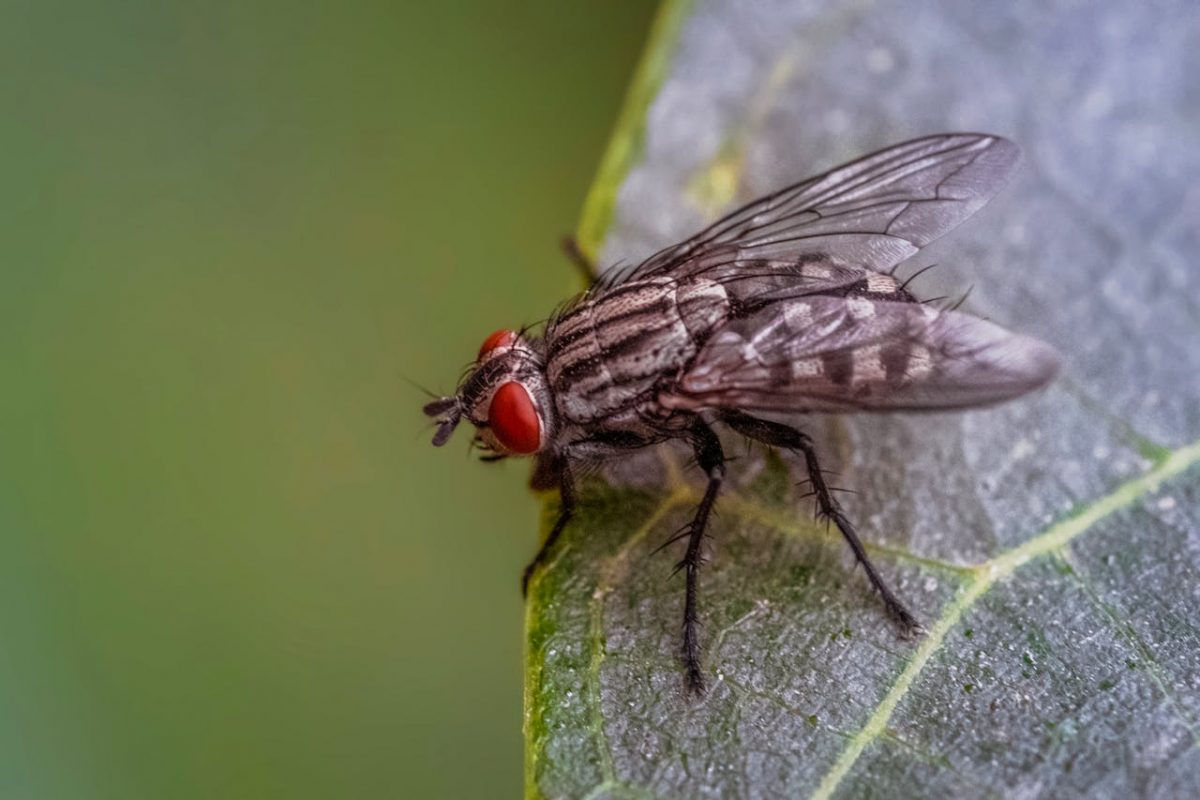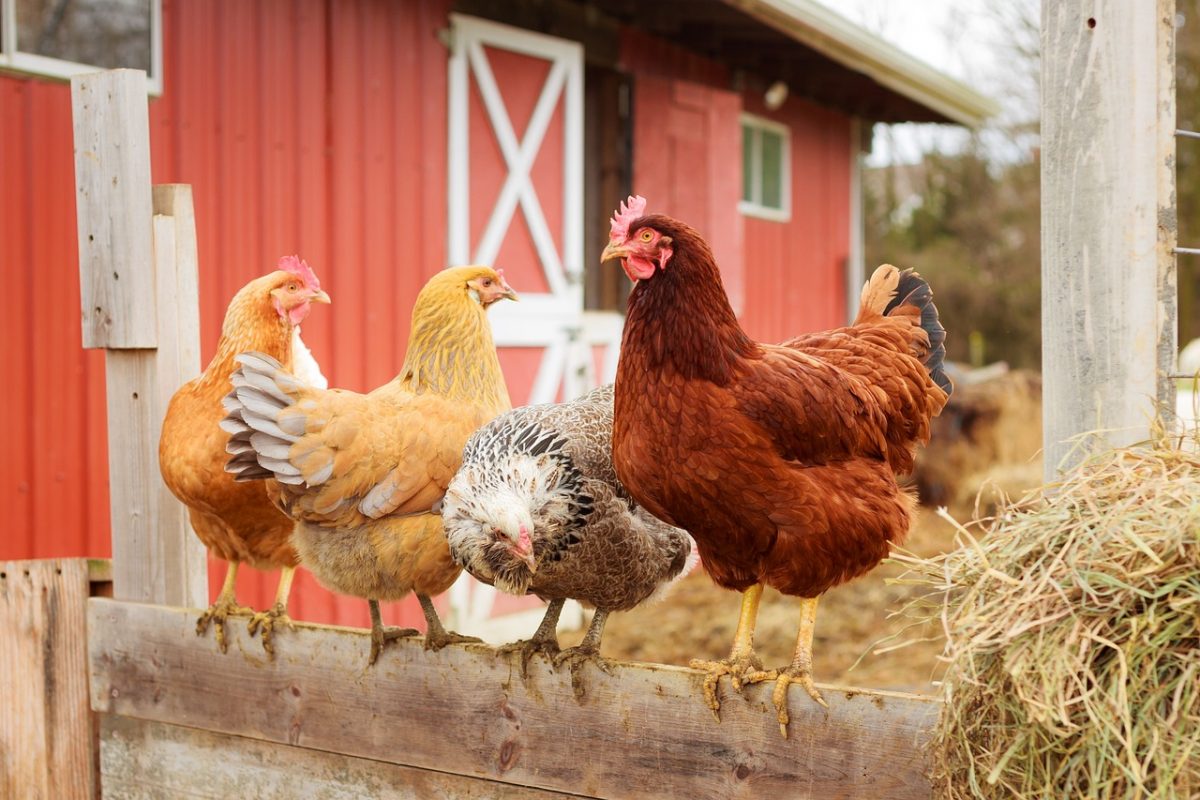The U.S. Department of Agriculture (USDA) is ramping up its defenses against a formidable enemy—the New World Screwworm (NWS), a parasitic fly that poses a significant threat not just to livestock but also to wildlife, pets, and occasionally humans. This pest, known for its larvae that burrow into the living flesh of animals, creating devastating wounds, has prompted the USDA to launch a robust counteroffensive to prevent its spread from Mexico into the United States.
In a bold move to safeguard American agriculture, the USDA has unveiled a comprehensive five-part strategy. Central to this plan is the construction of a state-of-the-art sterile fly production facility in Edinburg, Texas. This facility is designed to produce a staggering 300 million sterile flies each week, aiming to halt the NWS in its tracks through a biological control method known as the sterile insect technique. This technique involves releasing large numbers of sterilized males that compete with wild males for mates, effectively reducing the pest’s population over time.
Secretary Brooke Rollins emphasized the critical nature of this initiative, stating, “The northward advance of this pest is a clear and present danger to our cattle industry and our nation’s ability to sustain itself agriculturally. Establishing a domestic facility not only enhances our control efforts but also reduces our dependency on international resources.” This move underscores a strategic shift towards bolstering domestic capabilities in pest management.
The USDA’s strategy doesn’t stop at fly production. An additional $100 million is being funneled into pioneering research focused on refining sterilization techniques and developing innovative traps and treatments. This research is crucial for staying ahead in the ongoing battle against such adaptable pests.
Moreover, the USDA is intensifying its surveillance and containment efforts. This includes increasing mounted patrols, deploying specially trained detector dogs to sniff out infestations, and enhancing collaboration with Mexican authorities to manage the pest threat at the source.
While there have been no recent detections of NWS in U.S. livestock, the USDA remains vigilant. The potential for this pest to impact animal health, compromise food safety, and disrupt the agricultural economy is too significant to ignore.
For those seeking more information or wishing to stay updated on this critical issue, the USDA encourages visits to their official website. Here, stakeholders and the public can access resources and updates on the measures being implemented to protect U.S. agriculture from the threat of the New World Screwworm.



